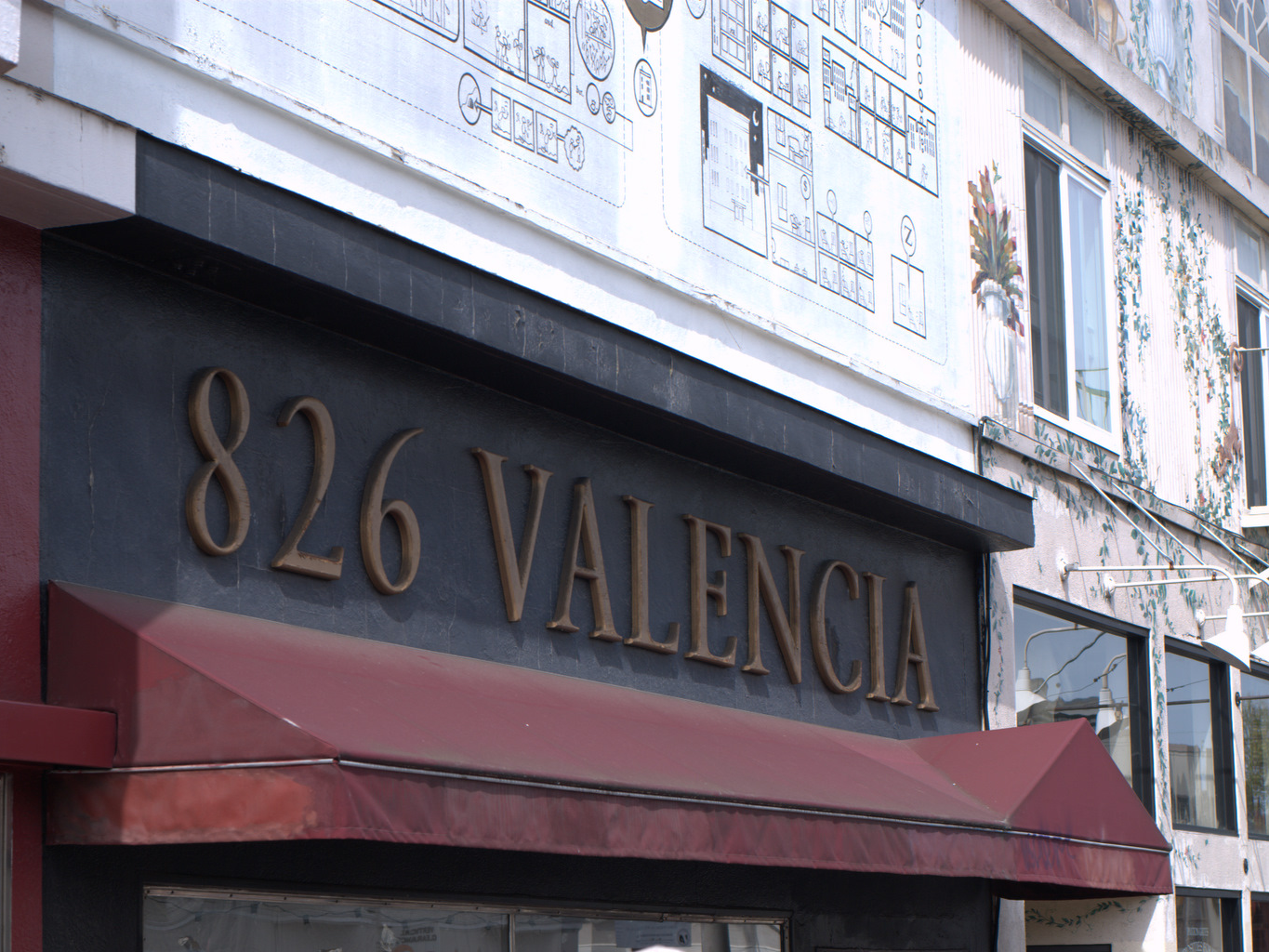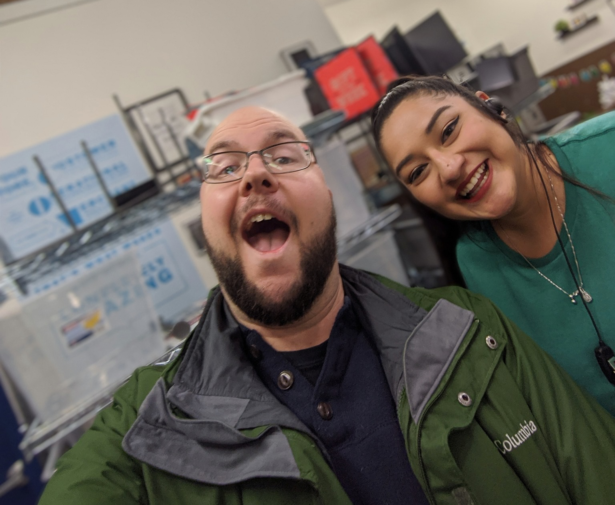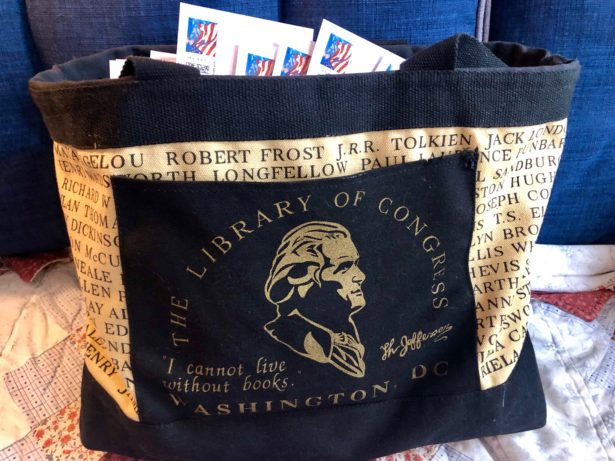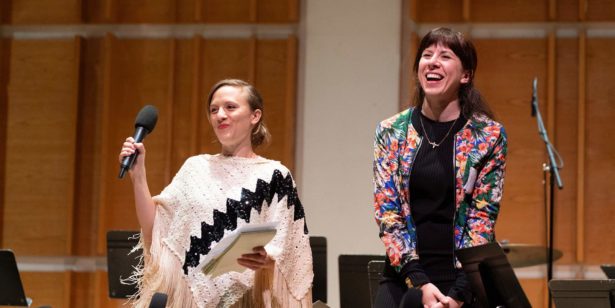
Teaching Empathy And Imagination At 826 Valencia
As a character called Mr. Barnacle, a writer and designer helps kids find their creative side
When Mark Hayward had an idea a few years back for a children’s educational television program, he realized he needed to do some research first. “I’m the youngest in my family, so I never was around kids growing up,” he says, “I was the kid.”
So to immerse himself in the world of children and young adults, he started volunteering at 826 LA, the Los Angeles branch of the national non-profit that has grown out of San Francisco’s 826 Valencia program. The 826 programs support “under-resourced students ages six to eighteen with their creative and expository writing skills.” For Hayward, “it was a slam dunk,” he told Good Turns recently.
826 classes follow a particular methodology, with instructors taking on well defined roles, so Hayward began volunteering on 826 field trips as the “illustrator,” working with the “storyteller” (a lead facilitator who helps the kids compose their stories), and a “typist” who helps transcribe ideas.
“The field trips are interesting because they always have a kind of theatrical component,” Hayward says. “The outcome of the morning is a 3-5 page book that is written by the group. The group writes 3-4 pages together, ending in a cliffhanger, and then each individual student writes their own ending. Then they take a lunch break, and during that half hour the staff and volunteer staff basically publish all the books. So you come in at 9:30 in the morning, and every kids leaves with a book they just wrote, with illustrations, that has their ending in it.”
“What is empathy? You have to imagine what it’s like to be somebody else.”
As he spent more time at 826, Hayward began to take on more roles, including that of a character called Mr. Barnacle. “The shtick is that the storyteller is a writer, and Mr. Barnacle is the publisher, and the storyteller has written a very bad book and his or her future at the publishing company is in jeopardy,” Hayward says. “Typically, the storyteller will ask the kids if they’ll help him or her write a story to help save their job.” Mr. Barnacle never actually appears, but is played as a disembodied voice coming over a loudspeaker. “It’s silly and funny and the kids love it when this booming voice come out of nowhere.”
“The field trip is really not an opportunity to learn something new, but to flex the muscles they’re been building, of critical thinking, of inquiry, of writing,” Hayward says. “When I think back on school, I don’t really remember school, I don’t really remember being in the classroom, that’s just one big blur. But I remember the field trips, they stick out still. That’s a chance where you spend three hours with a group of kids, they’re out of their element, they’re with their peers, they’re with their teacher but they’re also with some other adults. And I though, that’s potentially a life-changing kind of moment.”
“I am dyslexic and I moved a lot, so I had a very different educational experience,” Hayward says. “I went to nine different schools in thirteen years, I was always the new kid. Sometimes my needs were identified quickly and met, and sometimes they weren’t. So sometimes I was in the gifted program, sometimes I was in special ed. So I had this very strange education. And when I got into museum work [as an exhibit and event designer], ‘informal’ education really appealed to me. I’ve done some teaching, but I don’t really like teaching. I don’t like the idea that I have some knowledge I’m going to stick in your head.”
“I’ve been very lucky in my life to have had several really good careers, and have gotten paid a lot of money for my skills, and have also used my skills to make people a lot of money,” Hayward says. “That’s great, and that’s part of what I need to stay alive. But I want to use those skills for other things too, and if I can share them or if I can teach them to other people, to me that creates some balance in my life.”
“There’s a lot of need out there, but there’ve also been times when I’ve questioned, well, helping kids learn how to imagine, what does that mean? How is that helping their future? We have a tendency to say, ‘Well, he’s a creative type, or she’s not creative.’ There’s this idea that there are artists and creative people, and then there’s everything else, and I think that’s a horrible idea.”
“I heard an interview with someone talking about racism, and he said, well, what is racism? It’s really, fundamentally, a lack of imagination. Because if you’ve grown up in a completely white environment, and you’re suddenly put in a situation and asked to relate to the experience of somebody who’s not white, how do you do that? You have to practice empathy. Well, what is empathy? You can’t become someone else. So you have to imagine what it’s like to be somebody else.”
“That makes sense to me,” Hayward says. “Our ability to empathize with people who are very different from us is really based on our imagination skills.” It makes sense to us too, and we can’t imagine a better person to be teaching those skills.
Posted September 14, 2018





